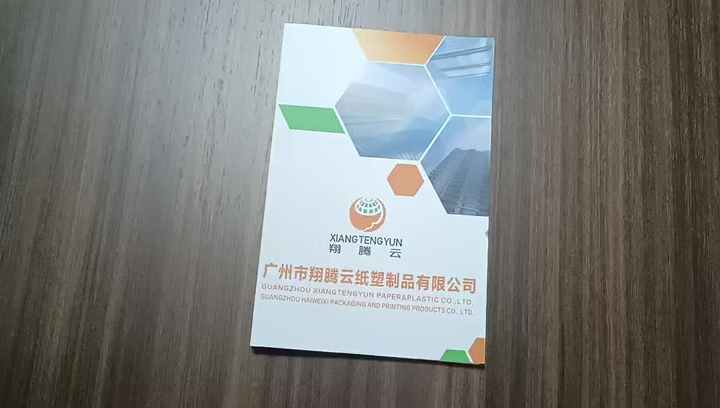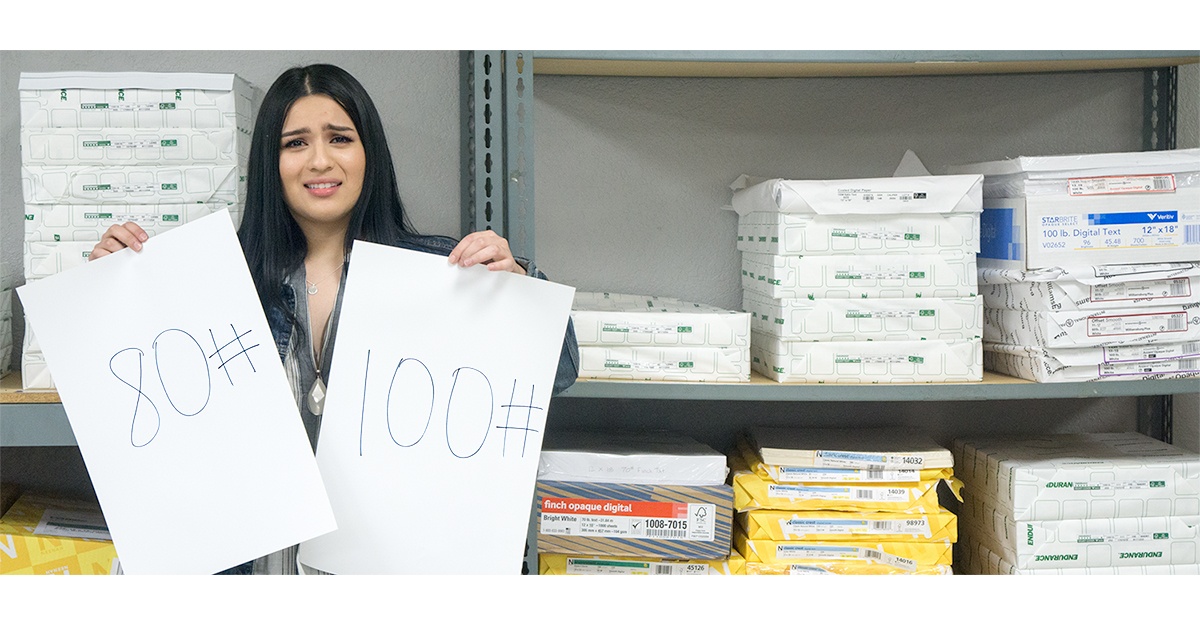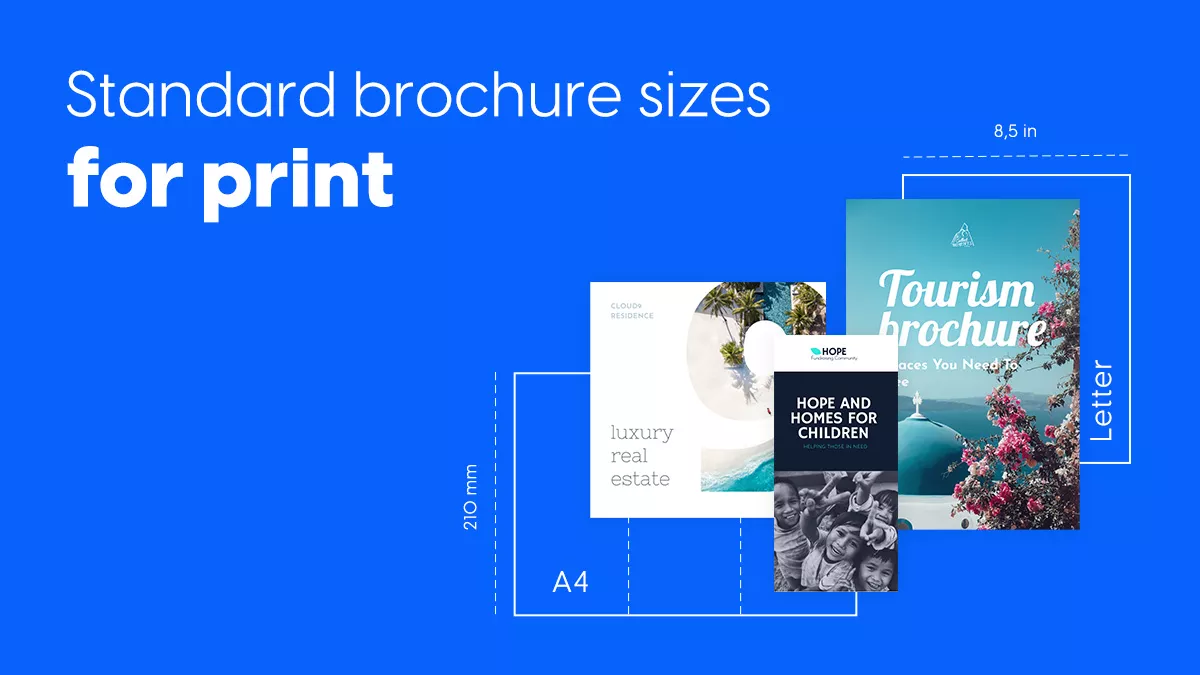The Best Paper Types for Brochures and Catalogs

When creating brochures and catalogs, choosing the right paper type is crucial to ensure your printed materials look professional, feel appealing, and effectively communicate your brand message. Different paper types offer various textures, weights, and finishes that can influence the overall impression of your marketing materials.
Common Paper Types for Brochures and Catalogs

| Paper Type | Description | Ideal Use Cases | Weight Range (gsm) | Finish Options |
|---|---|---|---|---|
| Glossy Paper | Smooth, shiny surface that enhances color vibrancy and sharpness. | High-impact visuals, photo-heavy brochures | 135-250 | Glossy, Satin |
| Matte Paper | Non-reflective, smooth finish that offers a sophisticated and elegant look. | Text-heavy brochures, catalogs with subtle images | 150-300 | Matte |
| Silk/Satin Paper | Soft sheen finish that balances between glossy and matte. | Premium brochures, catalogs needing a luxurious feel | 150-300 | Silk, Satin |
| Uncoated Paper | Natural texture, no coating, absorbs ink more, giving a classic look. | Eco-friendly brands, artistic catalogs | 120-250 | None |
| Recycled Paper | Made from recycled fibers, environmentally friendly. | Green brands, sustainable marketing | 100-200 | Matte or Uncoated |
Factors to Consider When Choosing Paper
- Weight: Heavier paper (measured in grams per square meter, gsm) feels more substantial and durable, ideal for premium brochures.
- Finish: The finish affects the look and feel; glossy finishes make colors pop, while matte finishes reduce glare and offer a more understated elegance.
- Texture: Some papers have a tactile texture that can enhance the sensory experience of your brochure.
- Environmental Impact: Recycled and FSC-certified papers are great choices for brands emphasizing sustainability.
Tips for Selecting the Best Paper
- Match Paper to Brand Identity: Choose paper that reflects your brand’s personality—glossy for vibrant and modern, matte for classic and professional.
- Consider the Content: Photo-heavy brochures benefit from glossy or silk finishes, while text-heavy catalogs may be better suited to matte or uncoated papers.
- Budget Wisely: Higher gsm and specialty finishes cost more, so balance quality with your budget.
- Test Samples: Always request paper samples before finalizing your choice to see how your design looks and feels in print.
Frequently Asked Questions (FAQ)
Q: What paper weight is best for brochures?
A: Typically, 135-250 gsm is ideal, with heavier weights used for premium brochures.
Q: Is glossy or matte better for catalogs?
A: It depends on your content; glossy enhances images, matte is better for readability.
Q: Can I use recycled paper without compromising quality?
A: Yes, modern recycled papers can be high quality and environmentally friendly.
Q: What finish is best for a luxury brochure?
A: Silk or satin finishes provide a premium look and feel.
Choosing the right paper type can significantly impact the effectiveness of your brochures and catalogs. By understanding the options and considering your brand’s needs, you can create printed materials that truly stand out.
